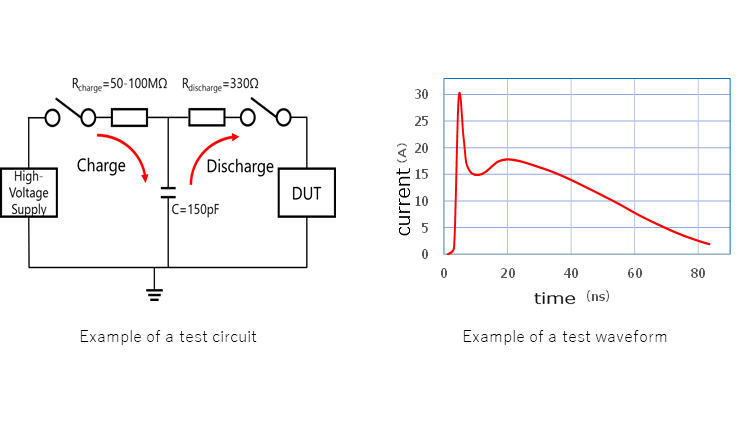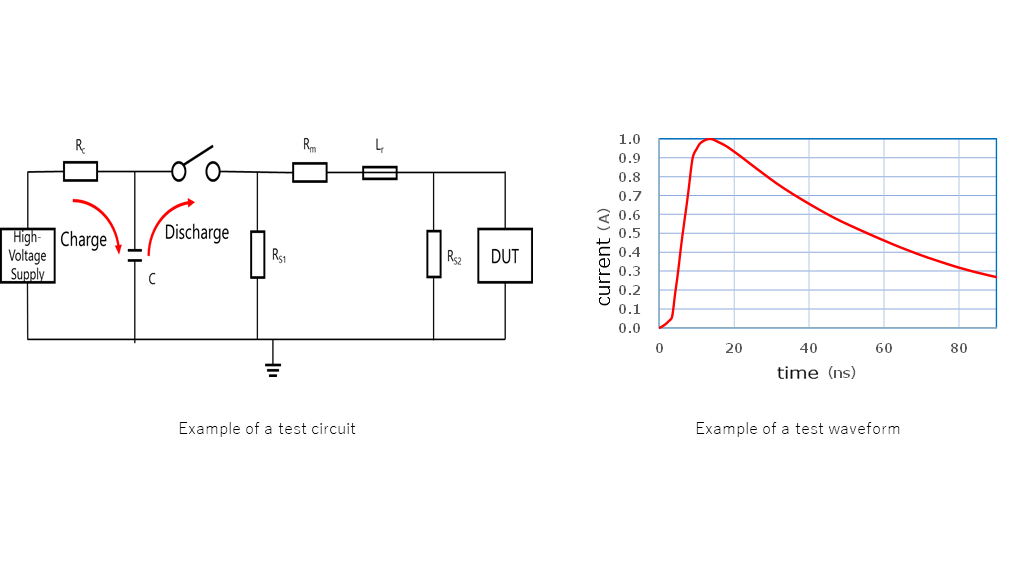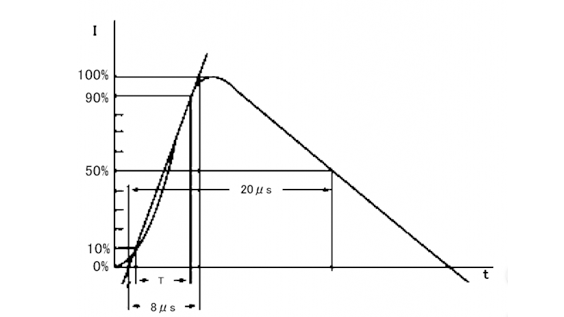- 型号 & 关键词搜索
- 交叉搜索
- 参数搜索
- 库存查询与购买
This webpage doesn't work with Internet Explorer. Please use the latest version of Google Chrome, Microsoft Edge, Mozilla Firefox or Safari.
请输入3个以上字符 Search for multiple part numbers fromhere.
The information presented in this cross reference is based on TOSHIBA's selection criteria and should be treated as a suggestion only. Please carefully review the latest versions of all relevant information on the TOSHIBA products, including without limitation data sheets and validate all operating parameters of the TOSHIBA products to ensure that the suggested TOSHIBA products are truly compatible with your design and application.Please note that this cross reference is based on TOSHIBA's estimate of compatibility with other manufacturers' products, based on other manufacturers' published data, at the time the data was collected.TOSHIBA is not responsible for any incorrect or incomplete information. Information is subject to change at any time without notice.
请输入3个以上字符
补充资料:IEC 61000-4-2和IEC 61000-4-5

IEC 61000-4-2和IEC 61000-4-5旨在确保电子系统在日常环境中不会因ESD而劣化或损坏。
1. IEC 61000-4-2测试(ESD抗扰度测试:人体放电模型)
与人体放电模型(HBM)的情况一样,这个测试模拟带电人体可能产生的放电。ESD测试采用两种方法:
- 直接放电:测试人体直接接触系统或设备暴露的金属表面可能产生的放电。
- 空气放电:测试当表面涂有树脂或其他涂层材料的被测设备(EUT)与放电枪之间可能通过空气层产生的放电。
这些ESD测试是国际电工委员会(IEC)IEC 61000-4-2标准规定测试。
东芝ESD保护二极管采用直接放电和空气放电两种方法进行测试。

2. IEC 61000-4-5测试(浪涌抗扰度测试:雷电浪涌测试)
浪涌抗扰度测试也称雷电浪涌测试,模拟直接雷电产生的瞬态现象,以及附近雷电感应引起的电压和电流浪涌。该测试还包括大型机器电源接通时可能出现的瞬态开关现象,如负载急剧变化和负载短路。在施加浪涌电流电平和周期方面,IEC 61000-4-5测试是最严格的系统级浪涌抗扰度测试。
浪涌抗扰度测试是IEC 61000-4-5标准规定测试。
- Prev
- 2/2
第Ⅵ章:TVS二极管(ESD保护二极管)的绝对最大额定值
相关信息
- 产品页
TVS二极管(ESD保护二极管) - 应用说明
二极管 - FAQ
TVS二极管(ESD保护二极管) - 查看所有东芝 TVS 二极管(ESD 保护二极管)产品的参数:
参数搜索 - 查询TVS二极管(ESD保护二极管)的库存并购买:
库存查询与购买


